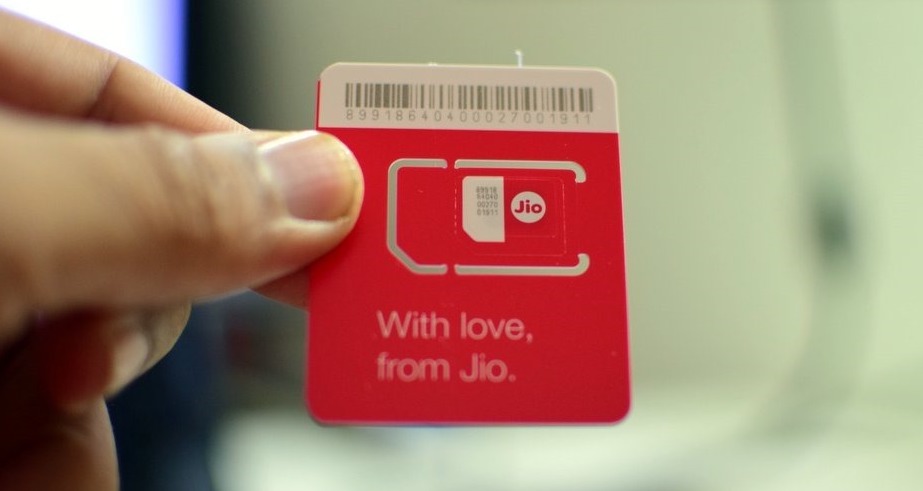Inbox placement rate is a key metric for email marketers, as it measures the percentage of emails that land in subscribers’ inboxes rather than their spam or junk folders. Calculating inbox placement rate can help you understand the effectiveness of your email campaigns and identify areas for improvement. In this article, we’ll show you how to calculate inbox placement rate, what factors can affect it, and tips for improving your inbox placement rate. Whether you’re a seasoned email marketer or just starting out, this guide will help you understand the importance of inbox placement rate and how to optimize your email campaigns for maximum delivery and engagement.

Find the Correct Sample Size
The right sample size must be selected in order to calculate the Inbox Placement Rate (IPR). A selection of the emails sent make up the sample. To provide statistically meaningful results, the sample size must be adequate. A sufficient sample ensures the credibility of the findings and correctly reflects the characteristics of the general population. If you sent 10,000 emails, for instance, this might be an accurate representation of all of your sends. A lower sample size, however, might still produce significant results, albeit it might be more challenging to extrapolate from them. And you should ensure your deliverability is optimized, for this you can always consult an expert.
Identify the Received Emails
Delivered emails must be recognized in order to calculate the Inbox Placement Rate (IPR). Checking if emails were successfully sent to recipients’ inboxes is the task at hand in this stage. The reporting or analytics dashboard of your email service provider can be used to retrieve this data. Emails that have been delivered to their intended recipients have been seen and opened. This information aids in the evaluation of your campaign’s success and is utilized in the calculation of ROI. The amount of delivered emails is recorded as 9,000 and used in the ROI calculation, for instance, if you sent 10,000 emails and 9,000 of them were received.
Identify Emails That Fall into Spam or Junk Folders
This action is crucial. It entails determining if emails have been reported as spam or placed in undesirable folders by receivers. Typically, your email service provider will supply this information, or deliverability monitoring programs can be used to get it. You can utilize the amount of emails that land in spam or trash folders to calculate the LRP and assess how well your email campaigns perform in terms of deliverability. For instance, you can note this statistic and utilize it in the ROI calculation if you sent 10,000 emails and 500 of them ended up in spam or junk folders.
Calculate IRR
We must figure out the proportion of delivered emails in order to determine the inbox placement rate (IPR). To do this, we compute a percentage by dividing the number of emails that were successfully delivered by the total number of emails sent. For instance, if you sent 10,000 emails and only 9,000 of them were delivered, your LRP would be 90% (9,000 / 10,000) * 100. This percentage shows how effectively your emails were delivered to recipients’ inboxes. You can assess and enhance the deliverability performance of your email messages with the help of the ROA calculation.
Why Calculating Inbox Placement Rate Is Important
Inbox Placement Rate (IPR) calculations are crucial for email marketing and communication. It gauges how well your emails go to their intended recipients’ inboxes. Using this data, you may evaluate how likely it is for your emails to get past spam filters and be read by their intended recipients. When your CER is high, recipients are more likely to see your emails, whereas when it is low, recipients are more likely to mark them as spam or junk mail. CTR enables you to assess the success of your email campaigns, improve the recipient experience, and fine-tune your delivery methods.
Conclusion
We have given you simple steps on how to calculate the Inbox Placement Rate, which you can follow or you can always get support from an expert.







